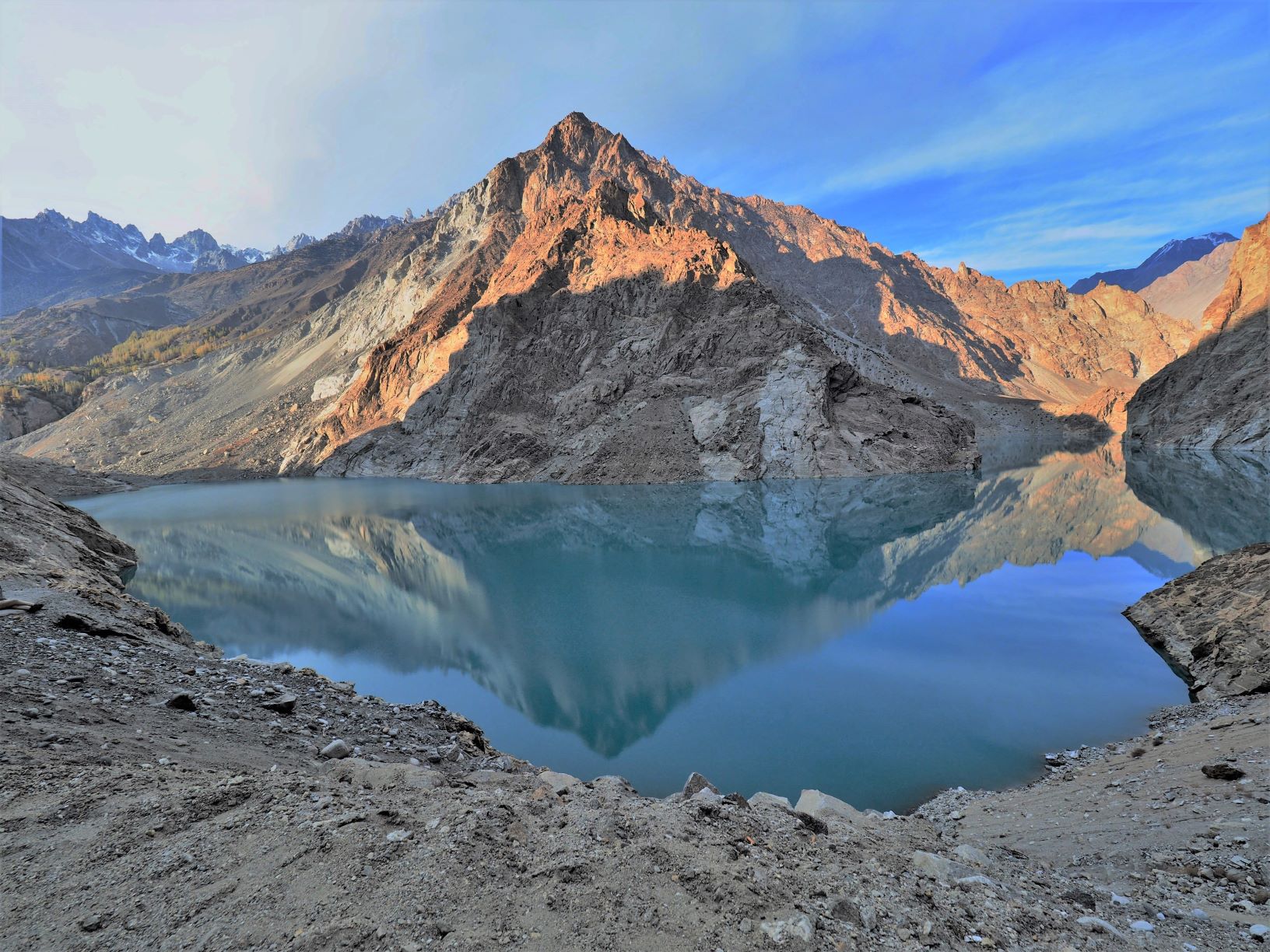When the submarine Hunga Tonga-Hunga Ha’apai volcano erupted in January 2022, it threw the largest ever volcanic vapour plume 58 kilometres into the air, and could be heard as far away as Alaska, at a distance of 10,000km. Not only did people lose their loved ones and everything they had in a second to the disaster, but it also caused an estimated US$90 million in damage, equivalent to about 18.5% of Tonga’s GDP.
And here’s the worst bit: until the volcano first started erupting, no one knew it was going to happen. That’s because there are well over a thousand potentially active volcanoes worldwide, they’re difficult and expensive to monitor – and without monitoring stations featuring seismometers, scientists are forced to rely on unsatisfactory data like changes to the terrain and gas emissions to predict when they’ll blow.
Monitoring undersea volcanoes is crucial
“If you look at volcanoes globally, most of them don’t have any in situ monitoring,” says Tan Yen Joe, Assistant Professor in the Earth System Science Programme at The Chinese of Hong Kong (CUHK). “There are no stations sitting on top of them, so we’re pretty much blind to what’s happening.
Moreover, he adds, “About 70% of volcanic eruptions take place beneath the sea’s surface, but 99.9% of them are not studied: they’re so far away and it’s very expensive to do so. There’s only a handful that we’ve ever instrumented – you can probably count them on two hands.”
The professor himself comes from Malaysia, part of a region with numerous volcanoes, particularly in Indonesia and the Philippines, where he says monitoring is patchy. “In places that tourists like to visit, you usually have a couple of seismometers, but in most developing countries, most volcanoes are not monitored at all.”
Where effective monitoring is in place, the results can be dramatic. When Mount Pinatubo in the Philippines blew in 1991, the second largest volcanic eruption of the 20th century, warning signs were spotted as much as 10 weeks in advance, and 80,000 people were evacuated from the area.
A trip to start the data collection
“We want to see if we can capture what happens in the year before an eruption and what happens during one, so we can get the complete picture,” says Professor Tan.
To do that, he and his team, including partners from three US universities, travelled in 2022 to Axial Seamount, a submarine volcano off the west coast of the US, to deploy 15 ocean bottom seismometers. They chose Axial Seamount because it’s relatively accessible compared to most undersea volcanoes and it’s very active; Professor Tan says it’s expected to erupt in the next few years, after doing so in 2015 and 2011. “Each time, it inflates: the ground will swell up as the magma beneath builds up. It’s been swelling up since 2015. Once it reaches inflation level, it’s likely to erupt.”




The trip to install the devices was quite an adventure for everyone involved, involving a two-and-a-half-day boat journey across choppy seas to get to the volcano. “I brought three of my students with me,” he says. “I asked if any of them get seasick, and they all said no. Half a day into the cruise, they all realised that they do.”
At 500km west of Oregon, “It’s relatively close to the shore of the US where fibreoptic cables are installed to connect the seismometers on the seafloor with the onshore data collection system,” he adds. As a result, a monitoring network covers some of the seamount, so data from some seismometers that were installed back in 2015 can be constantly collected. However, they sit on top of the volcano and can only return data covering a limited geographical area – crucially, not sensitive to activities beneath the magma chamber.
Therefore other seismometers were needed, which sit outside the existing network, and which need to be physically retrieved in order for their data to be collected. As a result, the team will be returning this September to collect their equipment and data, and to deploy another 15 seismometers that will cover a much larger area.
“You might have small earthquakes or other seismic events that occur below, and that allow you to better track magma movement and how things feed the reservoir as it prepares to erupt,” he says. “The new instruments to be installed this September will allow us to get a better understanding of what’s happening below the shallow magma chamber – 10, 15, 20 or 30 kilometres below it.”
Professor Tan fell in love with the subject of volcanoes when he was studying at Lafayette College in the US. “Since there are a lot of volcanoes in Southeast Asia, I thought I’d study something that contributes to society and how we can do something about it,” he says. He went on to complete his PhD in Geophysics at Columbia University in 2019, and was a Postdoctoral Fellow at Stanford University before joining CUHK in 2020.
He was also the winner of the 2022 Croucher Tak Wah Mak Innovation Award, given by the Croucher Foundation, which provided funding for this project. Further funding allowing, he hopes to install seismometers on more undersea volcanoes – including, if possible, in his seismically active home region.










